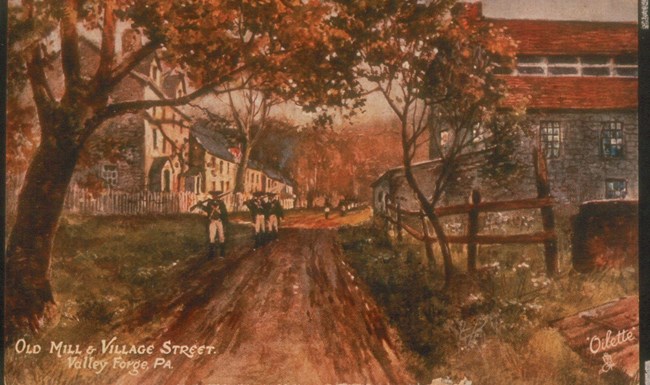Learn about NRCAs
The Natural Resource Condition Assessment (NRCA) Program provides framework, funding, and publishing support to parks to aid in the synthesis and documentation of natural resource conditions. Condition assessment reports are a tool to describe selected park resources, and record a snapshot of their current condition, identify trends, and identify potential or current threats and stressors. Understanding the condition and trend of natural resources is key for parks and NPS planners to appropriately prioritize and allocate stewardship resources.

Traditional NRCA Report: 2013
In an effort to better understand the natural resources and processes within this Park, a Natural Resource Condition Assessment was conducted and published in 2013. The National Park Service partnered with Pennsylvania State University to examine the available data and current needs of the Park, and assessed nine main resource topics:
- Air quality |
||
- Water quality/quantity |
||
- Wetlands |
||
- Forest plant communities |
||
- Grasslands |
||
- Native wildlife communities |
||
- Gologic resources |
||
- Soundscape |
||
- Lightscape |
Based on the number of rankings falling within each condition category, the overall summary of natural resource assessments is as follows: four topics were in good condition (water quality/quantity, wetlands, native wildlife communities, soundscape); two were of moderate concern (forest plant communities, grasslands); one was in poor condition (geologic resources); one was of significant concern (air quality); and one was not assessed due to lack of available data (lightscape). Threats and stressors to Valley Forge NHP can be categorized into three broad areas: internal, watershed wide, and regional. Internal threats include stressors coming from within the park itself (e.g. visitor impacts from social trails), watershed-wide threats include stressors acting within the Valley Creek or Schuylkill River watershed that may directly or indirectly impact park resources (e.g. increases in impervious surface), and regional threats are those coming from outside the watershed scale that impact the entire region such as air quality.
For other reports and natural resource datasets visit the NPS Data Store.
Source: NPS DataStore Collection 7765 (results presented are a subset). To search for additional information, visit the NPS DataStore.
Last updated: February 25, 2022
